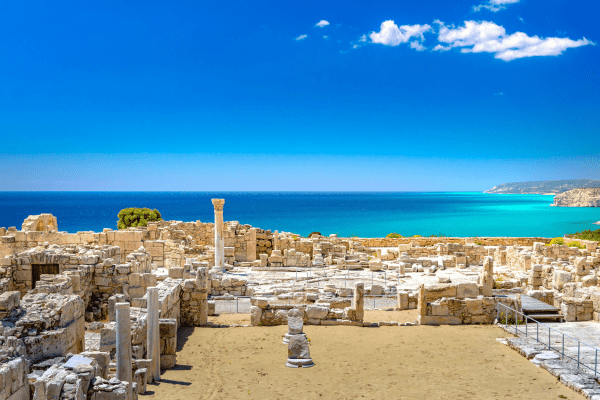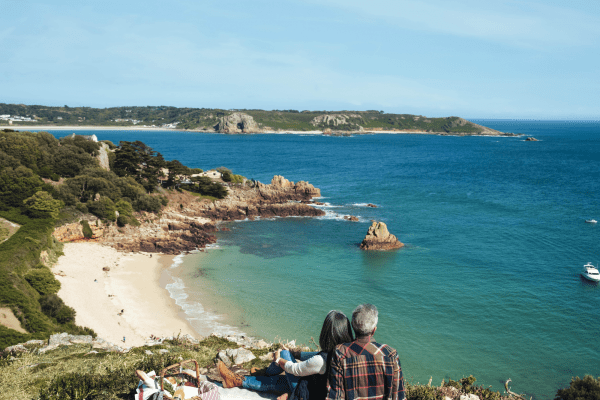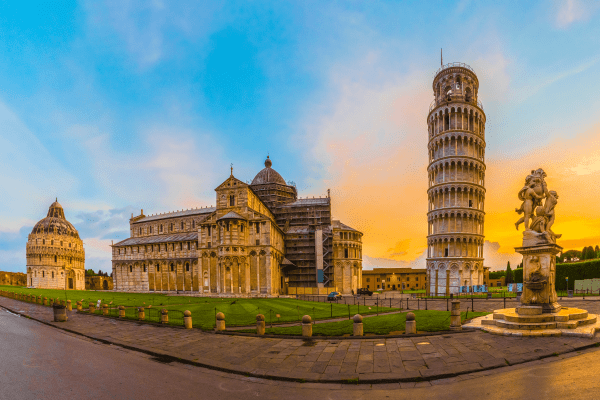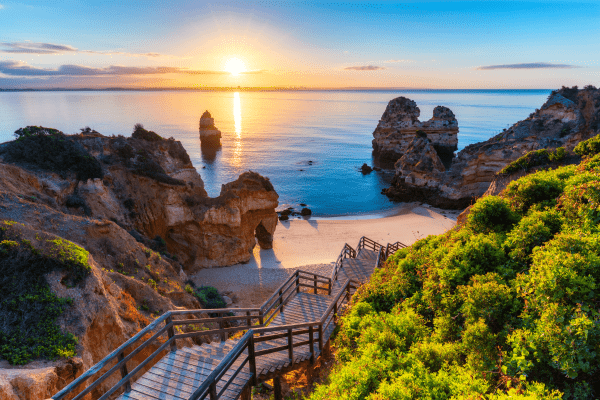Live for the Moment in a South Pacific Paradise
It’s late afternoon, 5pm or thereabouts, you kind of lose track of time in Tahiti. But this is the hour that islanders head into the sea, mounting surfboards, foil boards, outrigger canoes, or just laughing and splashing together. It’s the perfect end to another hot low season day. Friends and families bonding in seas as warm as bathwater, giving thanks once more to the ocean for all the gifts it gives – energy, refreshment, food, protection, life.
This is French Polynesia, a country of 118 isles and atolls, a protectorate of France comprising five distinct archipelagos, otherwise known as the Islands of Tahiti. Spread over 2000km, and lying roughly between Australia and the Americas, it’s just about as far away from anywhere as you can get. But boy is it worth the trip. Peak time for visitors is the dry season May to October, when long months of endless sunshine are cooled by a Pacific trade breeze and temperatures stay around a pleasant mid 20s Celsius. It’s also the period that coincides with traditional vacationing for Americans, Antipodeans, and Europeans, not least the French, for whom the islands remain a favourite haunt for summers in paradise. On the flip side, the rainy season which comes from November to March and marks Tahiti’s low season. This is when peak prices tumble and we can grab the opportunity to escape a dreary northern winter. The perception of wet weather may be off-putting, but think again. Days of up to 35°C are punctuated by dramatic downpours, usually lasting 30 minutes or so. Moody storm clouds against a dark green ocean, a photographer’s dream, give way to startling blue skies. It’s a truly magical and exciting period to be in Tahiti, celebrated as a heady season of renewal and abundance, fruits ripen, crops can flourish, rivers and waterfalls are in full flow, and the life force mana is at its most powerful.
You could spend months island hopping over an area the size of Europe and connecting with the land. But for a decent break of 10 to 14 days we’d recommend basing yourself in the Society Archipelago, on the main island of Tahiti, home to more than 60% of the nation’s people, and its sister Moorea some 30 minutes away. These are isles of lush towering peaks, lagoons, waterfalls, rivers, and surf’s most dangerous wave. It’s a kaleidoscope of blues and greens. Here the air is filled with the rich sweet scent of tiare flowers, of tropical fruits, coconut and vanilla. It’s here that you’ll discover a wonderfully balanced mix of Polynesian culture and well established infrastructure from luxury resorts to Tahitian guesthouses. Everything here is geared up for positive experiences from fresh seafood picnics on a motu islet, to 4WDs around mountainous interiors, to outrigger canoeing, making it super easy to slip straight into holiday mode from your arrival at the international airport, close to the small capital Papeete.
Above and Below the Waves
Explore Tahitian shores, beautiful beaches of gold, pink and black, relatively crowd free in low season, taking dips in azure lagoons to relieve the day’s humidity. Try kayaking, stand up paddling boarding, or travel with a local in an outrigger canoe, va’a, the traditional vessel which has travelled the Pacific for more than 4000 years. Surfing is a way of life, with low season seeing swells from the north, around the popular breaks of Papenoo and Taapuna. The real majesty though lies under the surface. Marine life is truly abundant and some of the world’s best dive sites lie around these shores. Encounters with sharks, manta rays, whales, dolphins and turtles are usual. Unlike some areas where low season weather affects visibility, the calm shallow lagoons around Tahiti and Moorea allow excellent conditions for year-round snorkelling. In fact, it is normal in low season to find yourself snorkelling from the sole boat around, in an area packed out at peak times. You’ll have crystal clear waters to yourself, waters that teem with rainbow coral, brightly coloured fish, turtles, and three metre wide stingrays that swim right up just wanting to be stroked.
Cultural Heritage
Polynesia is rich in ancestral traditions and ancient legends that pervade all aspects of life. Try fire walking; take lessons in basket weaving; and see Polynesian sports like coconut tree climbing, javelin throwing or stone lifting. Learn about the work that goes into designing an intricate Tahitian tattoo, or fishing for black pearls. You’re likely to see ‘ori tahiti’, the powerful traditional dance shows at any time of year, but in December, catch the Hura Tapairu dance festival, Tahiti’s prestigious annual event which draws competing groups from across the islands.
Hike Lush Island Interiors
November to March is when the jungle clad volcanic centres of Tahiti and Moorea are at their abundant best. Incredible greens appear, waterfalls burst into life, blowholes blow, and flowers regain their colourful blooms. Plus, low season travellers will have many of the trails to themselves. Short popular hikes are well-signposted, such as The Water Gardens of Vaipahi on Tahiti said to flow with sacred springwater. More challenging adventures like exploring the hair-raising lavatubes of Hitia’a need a guide. On Moorea, hike to Belvedere look out point for panoramic vistas of beautiful Cook and Opunohu Bays, where Captain Cook moored in 1777. Be warned that proper hiking shoes are recommended in the rainy season if you want to make the most of the best trails. If you’re feeling really energetic, take part in the Moorea Marathon which comes to the island each February.














































